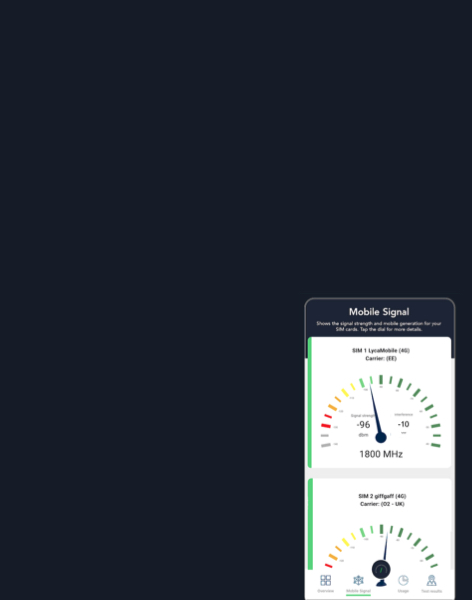3.3-4.2 GHz benchmark updated for 2025
The revised benchmark is based on our research into planned and actual assignments in this key mid-band spectrum over the past 20 months.
Countries around the world continue to make progress in assigning the band for IMTInternational Mobile Telecommunications (I…/5G use. There is also a growing number of nations that are earmarking spectrum for use on a localised basis.
Since PolicyTracker’s December 2023 3.3—4.2 GHz benchmark, 35 new countries have been added to the updated benchmark, consisting of seven new nations in Africa, nine in the Americas, ten in Asia and nine in Europe.
Europe represents the leading region in terms of 3.5 GHz assignments and assignment plans, with concrete actions in this regard found in 46 countries. Asia and the Americas follow, representing 23% and 19% of the total countries tracked in the benchmark. Seventeen countries in Africa are included in the benchmark, up from ten in 2023, while eight nations in the Middle East are also included.
While the assignment of spectrum resources in this range is now gaining traction in all regions of the world, there is a continued trend of wide variations in policy approaches both within regions and across countries, even after years of harmonisation activities at the ITUThe International Telecommunication U… and in regional organisations.
Across all countries in the benchmark, 48% are assigning, or plan to assign, a total of 300 to 400 MHz of 3.5 GHz spectrum. Twenty-one per cent are looking to assign 200 MHz of spectrum or less, and 17% are targeting the release of 500 MHz or more.
In terms of spectrum assignment mechanisms, auctions represent 50% of all assigned and planned assignments, followed by direct awards (29%) and administrative procedures (21%). Licences issued for nationwide spectrum usage dominate, representing 69% of all assignments, followed by authorisations permitting local use (20%), with the remainder of assignments based on regional licensing frameworks.
The 3.3-4.2 GHz benchmark is available to Spectrum Research Service subscribers here.
